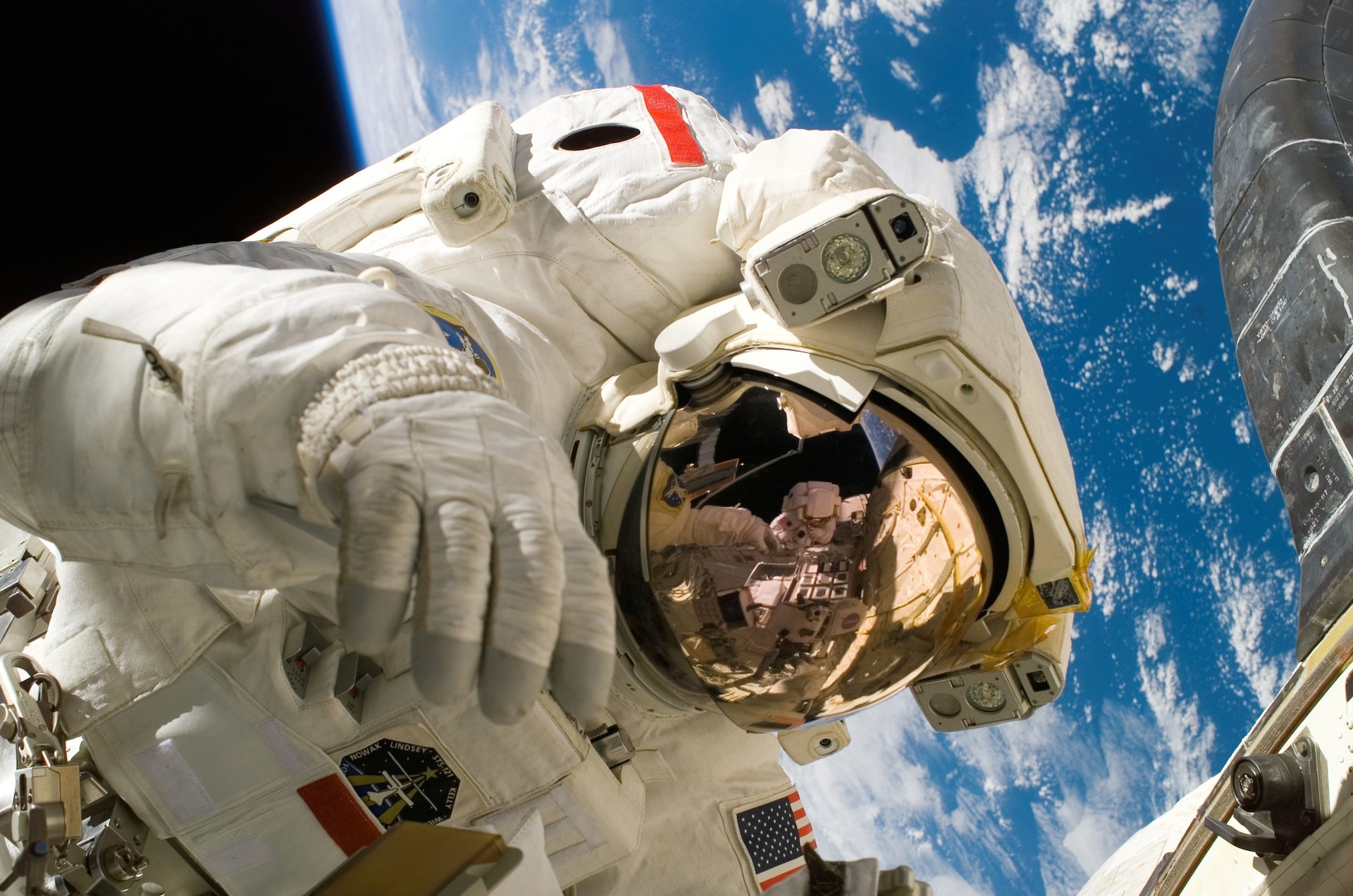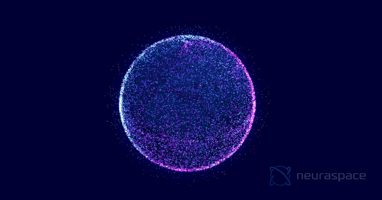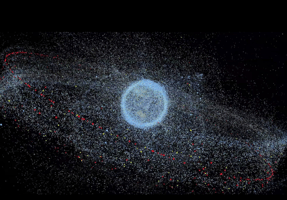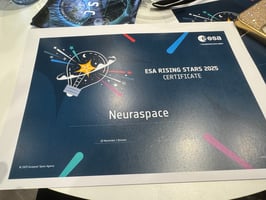Space Economy: The Future of Humanity

The space section is the future of our economy. What once was a government domain is now dominated by the private sector. According to the United Nations, the private sector conducts 70% of all space activity (Swiss Re Corporate Solutions). And If in 2021 there were nearly 6,000 satellites in orbit, in 2030 we will have over 100,000 satellites (15x increase factor) (Nature Portfolio). Economically, this is set to increase the present $400 billion global space economy to one trillion dollars by 2040 (Morgan Stanley).
What Does this Growing Economy look like?
The answer is primarily artificial satellites. While natural satellites are things like our moon, artificial satellites are things like the International Space Station (ISS) or anything human-made. While it is easy to think of satellites such as ISS or the Hubble Space Telescope which are primarily used for astronomy research, we on Earth use many satellites every day. Some common uses of satellites are the Global Navigation Satellite System (GNSS) like GPS or Galileo.
We all rely on space based infrastructure across a wide variety of domains. Data provided by Earth observation satellites are instrumental in monitoring land use, atmospheric pollution, oceans’ health and climate change. Global navigation satellite systems are crucial to the functioning of transportation and financial systems. Satellites are also increasingly used for communications with the advent of large constellations for broadband internet and the Internet of things.
While these uses are certainly expanding and generating profit, the future of satellites is what is interesting. Companies such as SpaceX are looking to have satellites that provide internet. Others such as Northop Grumman are looking to create satellites that will repair and improve other satellites (Forbes).
In short, the space sector is huge and its size is only going to increase. However, it is important to ensure that this development is done safely and responsibly as there is a serious threat to the rapid advancement we are gearing up for.
Space is the future of humanity. With thousands of satellites planned to launch within the next decade and that amount only increasing, the future of space itself becomes important. We should begin to care for the orbital zone around our planet the same way we care for our land, oceans, and atmosphere.
Ensuring the safety of the space environment is the first step in developing the global space economy. With a safe environment comes longer sustainability of that environment, guaranteeing profits and data for generations to come. However, if we neglect these needs and precautions, then the advantages we gain from satellites become inaccessible. The consequences of not being able to predict the weather or not knowing your current location are large, especially today when we rely on this information for almost everything we do. Ensuring that this (and future) information is accessible and accurate is imperative for continuing life as we know it.
Those interested in space exploration should be prepare to assure their operations are both sustainable a business viable, and be prepared to operate in a more populated environment.Today, satellites perform multiple manoeuvres a year to avoid collisions with space debris and active satellites. Ensuring that operators are able to track debris and avoid collisions is crucial for a satellite to remain operational during the expected lifetime. Solutions like the end-to-end Neuraspace AI Assistant help operators navigate the harsh orbital environment by monitoring hazardous debris and suggesting collision avoidance manoeuvres tailored to the satellite (chemical propulsion, electrical propulsion, and differential drag manoeuvres) and compliant with operator-specific constraints.
Ultimately, there is a lot for humanity to gain from space and we are gearing up to rapidly take advantage of those benefits. However, ensuring that we can continue to utilize our satellites, both present and future, is a key step in the process of development. The threat of space debris is not going away in the near future, so learning how to navigate it and prevent it from growing should be a major concern for anyone interested in the space industry.
AI Fights Space Debris – The Neuraspace Solution
As more and more satellites are launched into space the advantages they offer humanity are being overshadowed by the increasing accumulation of space debris from defunct satellites and space exploration equipment. The likelihood of collisions is growing exponentially and, until now, all available solutions involve a huge amount of time and manpower. Current solutions that rely on human decisions are not able to cope with this 15x increase. We need better tools, we need AI to fight space debris.
Neuraspace is one of the first companies to use AI/ML for space traffic management, by helping satellites operators to deal with the high number of false alerts and uncertainties, as well as providing manoeuvering assistance to avoid collisions. With an AI/ML based tool, operators can avoid unnecessary manoeuvres and optimise the ones really needed, thus protecting their entire mission, saving fuel and money.
BENEFITS
- Less than 2/3 of Human Intervention
Reducing the need for human intervention by 2/3 and increasing the decision speed. - +50% detection of high-risk collisions
Enabling the detection of up to +50% high-risk collisions that have been so far undetected, thus securing space operations. - 24/7 AI-enabled collision avoidance predictions
Which helps streamline the entire decision-making process and makes the operators’ work easier, so they can focus on the major tasks.
Book a demo and find out how Neuraspace can help ensure the security of your satellites and decrease costs.





